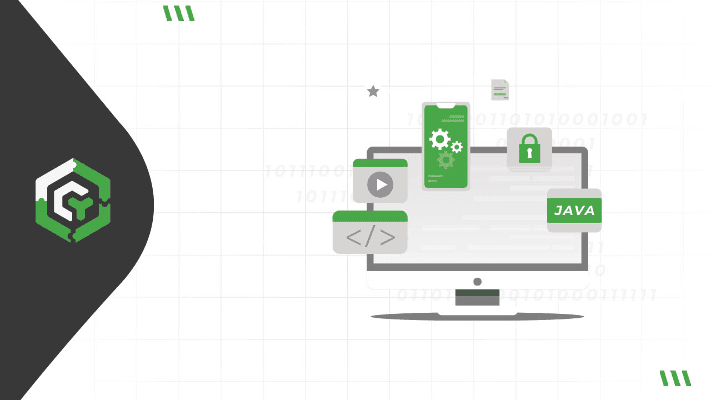Programming Language-Specific Security
This segment of the Secure Coding course is designed to help learners dive deeper into language-specific security concerns and defenses. Each lab targets a particular programming language or platform and provides hands-on experience in identifying, exploiting, and mitigating real-world vulnerabilities. Whether it's preventing buffer overflows in C/C++, defending against deserialization attacks in Java, or securing APIs in Node.js and mobile apps, learners get to analyze insecure code, implement countermeasures, and use specialized tools for assessment and improvement.
By the end of these labs, participants will be well-equipped to write secure software in multiple environments and understand how attackers exploit language-specific weaknesses—making them stronger developers and defenders.
intermediate
7 Days Free Access

Course Overview
This set of labs focuses on secure coding practices across popular programming languages and platforms, addressing language-specific vulnerabilities that developers often overlook. Each lab dives into the internals of a specific programming language or environment—such as Python, Java, C/C++, JavaScript, PHP, and Mobile platforms—to demonstrate how insecure coding practices translate into real-world vulnerabilities.
Learners gain hands-on experience identifying, exploiting, and remediating these weaknesses, supported by industry-standard tools and modern secure coding techniques.
Skills you will learn
Identify and remediate language-specific vulnerabilities such as injection, buffer overflows, and insecure deserialization.
Apply secure coding principles using tools like Bandit, SpotBugs, Valgrind, Helmet.js, and MobSF.
Implement proper input validation, output encoding, and secure session handling practices.
Secure APIs and mobile apps by addressing platform-specific threats and applying encryption techniques.
Strengthen application resilience through practical use of static and dynamic analysis tools.
Course Structure
For whom is this Programming Language-Specific Security course intended?
- Developers
- Application security engineers
- QA/Test automation engineers
- Cybersecurity learners
- College students or interns
- Bug bounty hunters
- Mobile app developers
What makes learning Programming Language-Specific Security a valuable pursuit?
- Different Languages, Different Risks: Every programming language introduces its own class of risks—C/C++ is prone to memory issues, Java has deserialization flaws, and JavaScript often suffers from prototype pollution. These labs help you tackle each on its own terms.
- Real-World Development Context: Secure coding in real enterprise environments means understanding the peculiarities of the tech stack in use—this module ensures you write secure code no matter the language.
- Beyond OWASP Top 10: While OWASP offers a great foundation, this level teaches beyond web app vulnerabilities—covering memory safety, session hijacking, insecure APIs, and platform-specific security gaps.
- Boost DevSecOps and Engineering Confidence: By mastering security features and pitfalls of common stacks, you become a developer security teams trust, or a security pro who understands developers deeply.
- Employability and Industry Relevance: Employers often look for security-aware developers who can work securely with the stack their company uses—this lab makes you that professional.
Secure your Completion Certificate
Attain your Completion Certificate and showcase your achievements on LinkedIn. Share your certificate with prospective employers and strengthen your professional network.

Related SkillUp Courses:
Start your 7 days free trial
Discover SkillUp courses for free with a 7-day trial. Access a variety of courses to enhance your skills and knowledge.